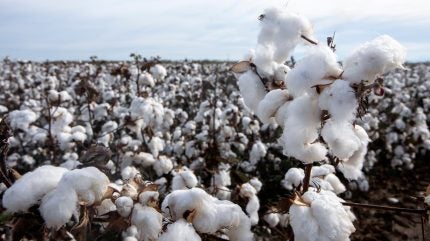
Proposed by Senator Cindy Hyde-Smith (R-MS), the legislation aims to boost demand for both domestically grown cotton and products made from it such as apparel, home textiles, and nonwovens.
These products must either be fully manufactured within the US or, if imported, must be made entirely or partially from US extra-long staple cotton or upland cotton.

Discover B2B Marketing That Performs
Combine business intelligence and editorial excellence to reach engaged professionals across 36 leading media platforms.
The Buying American Cotton Act seeks to capitalise on the traceability feature of US cotton and the purchasing habits of American consumers.
The proposed tax credit would be available to the initial US-based entity that directly sells an eligible product to a consumer in the US. The amount of credit would depend on several criteria, including verification of US origin, the proportion of US-grown cotton used in the product, and the manufacturing location.
NCC chairman and a producer from Tunica, Mississippi Patrick Johnson said: “The Buying American Cotton Act is transformative for our industry. By capitalising on the traceability of US cotton and the purchasing power of American consumers, this bill will drive the preference for domestically produced cotton and cotton products. The transferable tax credits will encourage businesses to opt for US cotton, strengthening our agricultural sector and creating more jobs. I want to thank Senator Hyde-Smith for her foresight in introducing this legislation.”
The NCC also acknowledged Senators John Boozman (R-AR), Katie Britt (R-AL), and Roger Marshall (R-KS) for their support as co-sponsors of the bill and anticipate additional co-sponsors in the near future.

US Tariffs are shifting - will you react or anticipate?
Don’t let policy changes catch you off guard. Stay proactive with real-time data and expert analysis.
By GlobalDataLast month, the US cotton sector voiced its concerns over findings from the Make America Healthy Again (MAHA) Commission’s report.
The report disclosed that children are at an increased risk due to exposure to various chemicals such as heavy metals, PFAS, pesticides, and phthalates present in textiles, food items, and other consumer goods.
The unique behaviours and developmental stages of children make them particularly susceptible to potential harm from these environmental exposures.





